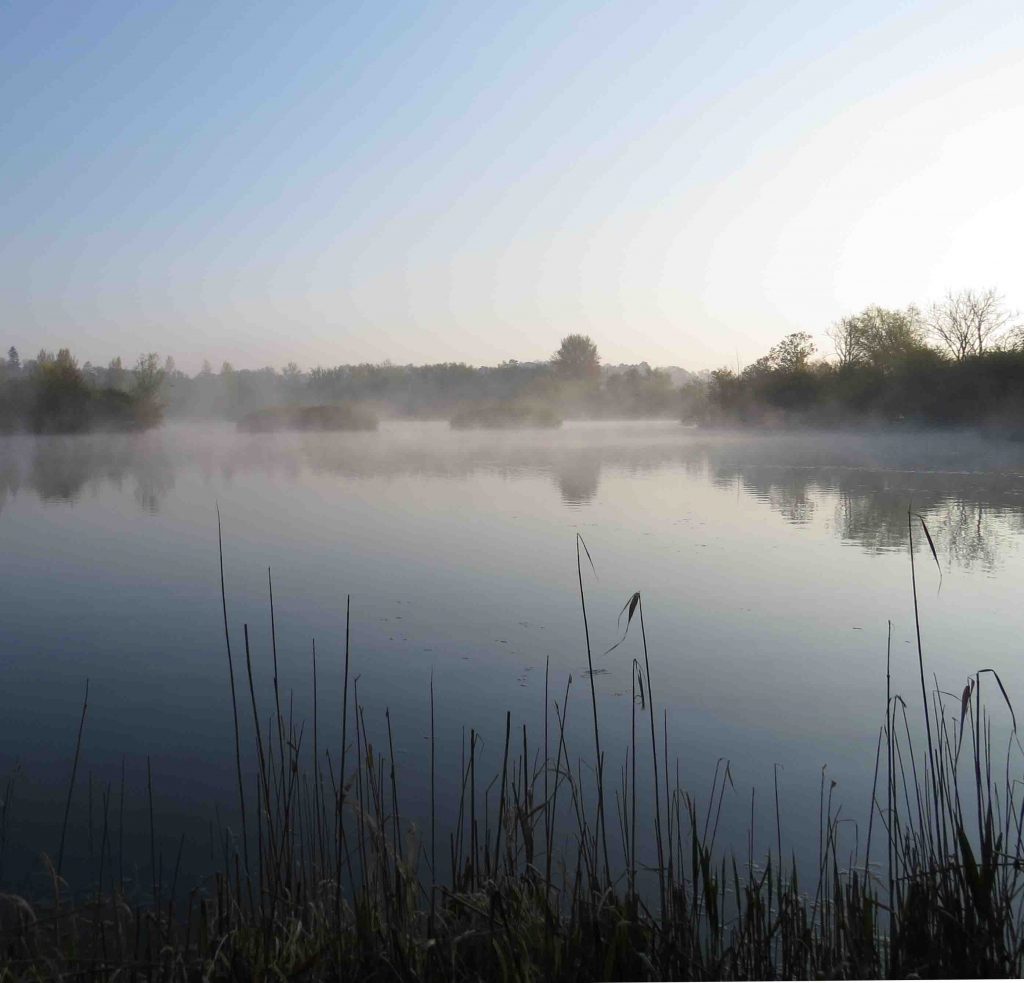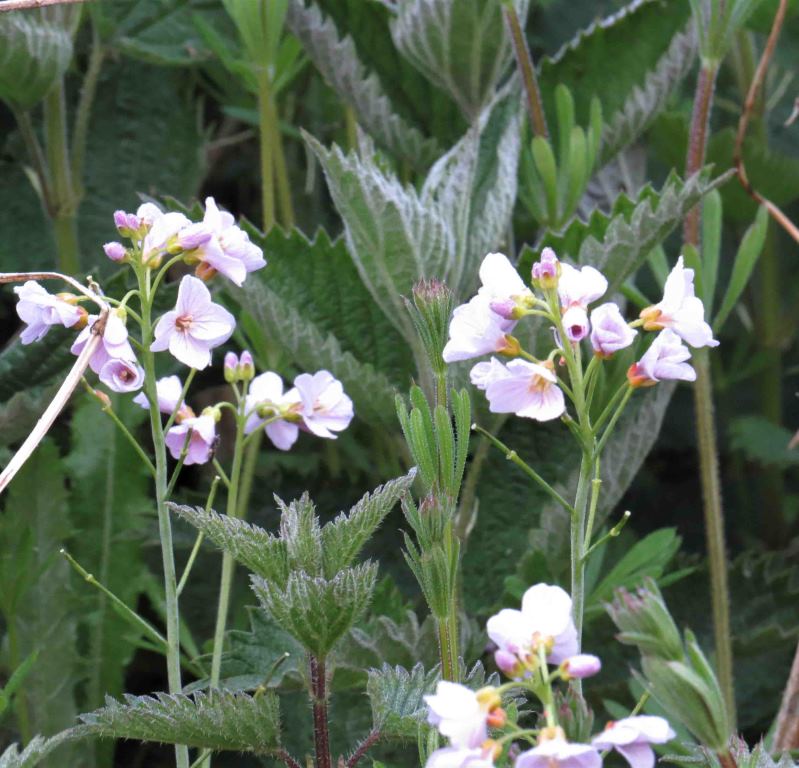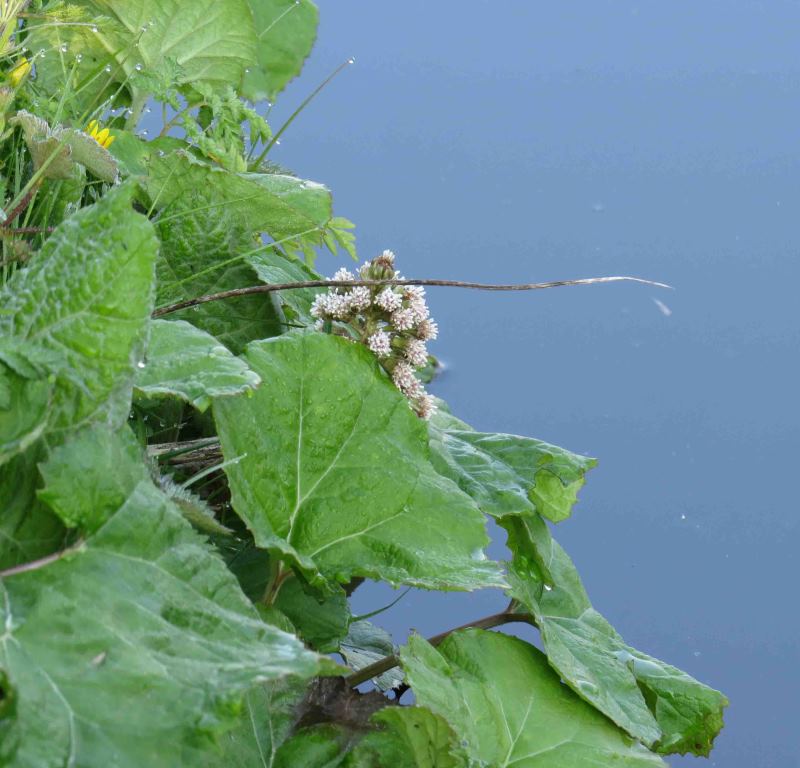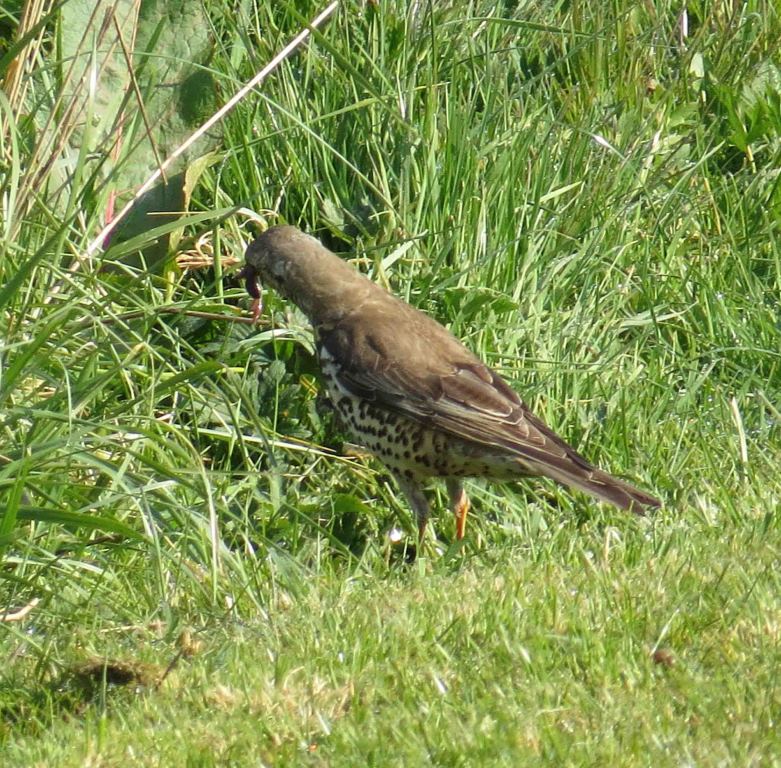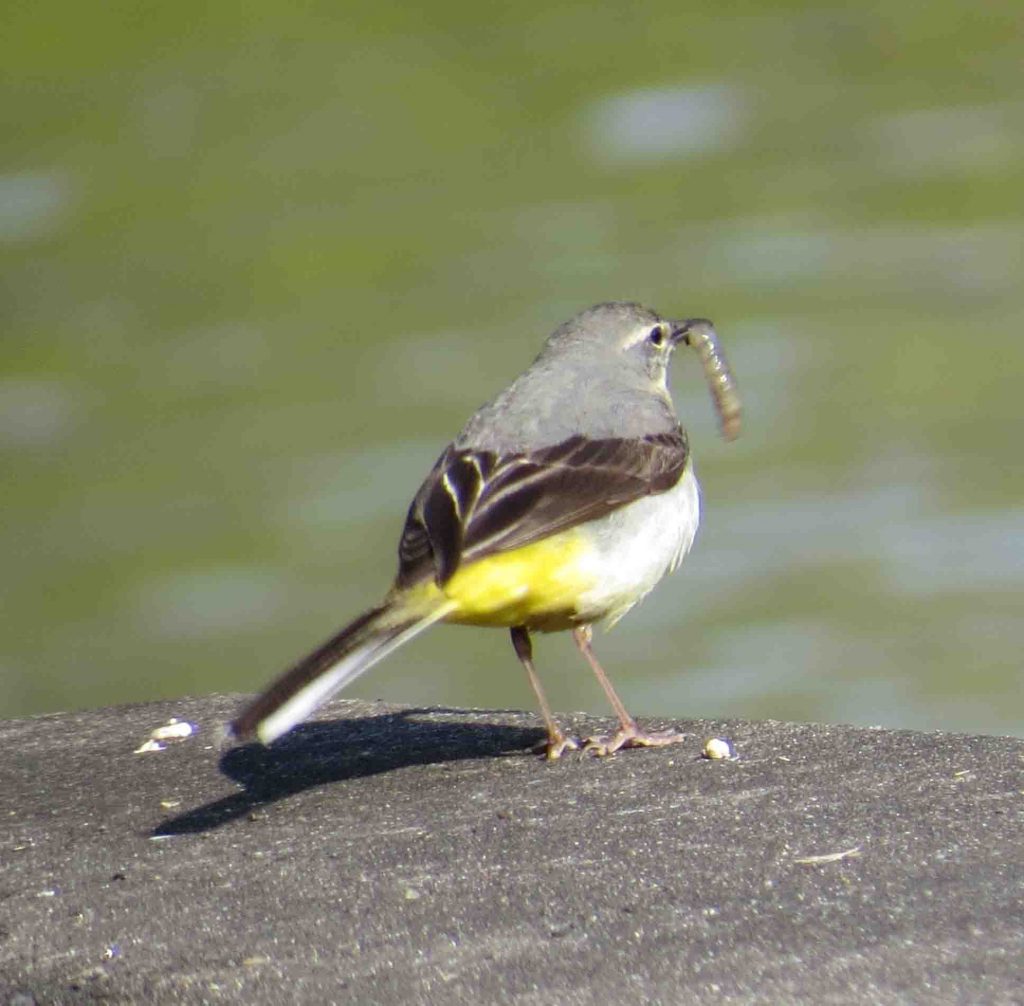Sunday 2 May was International Dawn Chorus Day and at 6am, members met at the car park of the Rowbarge at Woolhampton for two socially distanced walks, led by Sarah and Ken White. The temperature was 1C and there was a ground frost, with clouds of mist over the fields and gravel pits. Blackbird, Goldfinch and Great Spotted Woodpecker were heard while the groups were gathering in the car park. The walks started out westwards along the adjacent track and soon Wren, Dunnock and Cetti’s Warbler, with its exploding call, were heard and a Muntjac deer was spotted in the adjacent field. The route then turned left along the footpath to the Rowneys Predator Lake gravel pit. Cuckooflower was in flower beside the path. Several recently arrived Garden Warblers were singing loudly as they established their territories. Sarah compared the deeper pitched song of the Garden Warbler to the cello, with the higher pitched song of the Blackcap being like the violin. Long-tailed Tits moved through the bankside willows and Chiffchaff was heard. Skylarks sang from high over the grassy field to the left of the path and the first of two male Mandarin ducks flew in. On the lake were a pair of Greylag Geese with 6 tiny goslings, together with Great Crested Grebe, Coot, Tufted Duck and Mallard. There was a brief diversion along a footpath across the grassy field to another track, where newly arrived Whitethroats were both heard and seen, together with more Garden Warblers. The seedheads of Coltsfoot were providing abundant food for birds such as Goldfinch. Continuing round the lake, a female Reed Bunting and Cormorants were added to the list of sightings. Three Common Terns were displaying around a raft which was being occupied by two Black-headed Gulls. A Reed Warbler, with its rhythmic unmusical song, was singing from the bankside vegetation. The walkers looked into the edge of the dense reedbed of the conservation area, but turned back to avoid disturbing a nesting Mute Swan. More Reed Warblers were singing here. The route continued along the track back to the River Kennet. A Song Thrush was singing from the top of a tree and both Blackcap and Garden Warbler were singing, giving a welcome opportunity to compare their songs. Despite having a reputation for skulking, the Garden Warbler was in plain sight, singing from a prominent perch near the top of the tree. Several Wrens called loudly from the undergrowth. The next viewpoint was at the northern shore of the gravel pit. Two Oystercatchers flew in to a small island, a pair of Great Crested Grebes were displaying and several Gadwall were seen. The stout wire fence beside the track to the canal enabled a Coot to nest in safety close to the path. The walk continued back along the towpath of the Kennet and Avon canal, where Greater Pond Sedge Carex riparia. American Land-cress Barbarea verna and Butterbur were seen. Large Bitter-cress and Hart’s-tongue Fern were growing on the lock gate and a Grey Heron perched on the other side of the canal. A Mistle Thrush was gathering food in its bill in the field next to the pub and a pair of Pied Wagtails were nesting near the pub kitchen. A Grey Wagtail with insects in its beak flew under the swing bridge over the road, where it appeared to have a nest on the moving part of the bridge. More Whitethroats were singing in the scrubby field on the other side of the road and an obliging Sedge Warbler showed its prominent eye stripe as it sang from the top of the vegetation. Back in the car park, a Chaffinch was singing and a Nuthatch called.
Pictures by Fiona Brown

